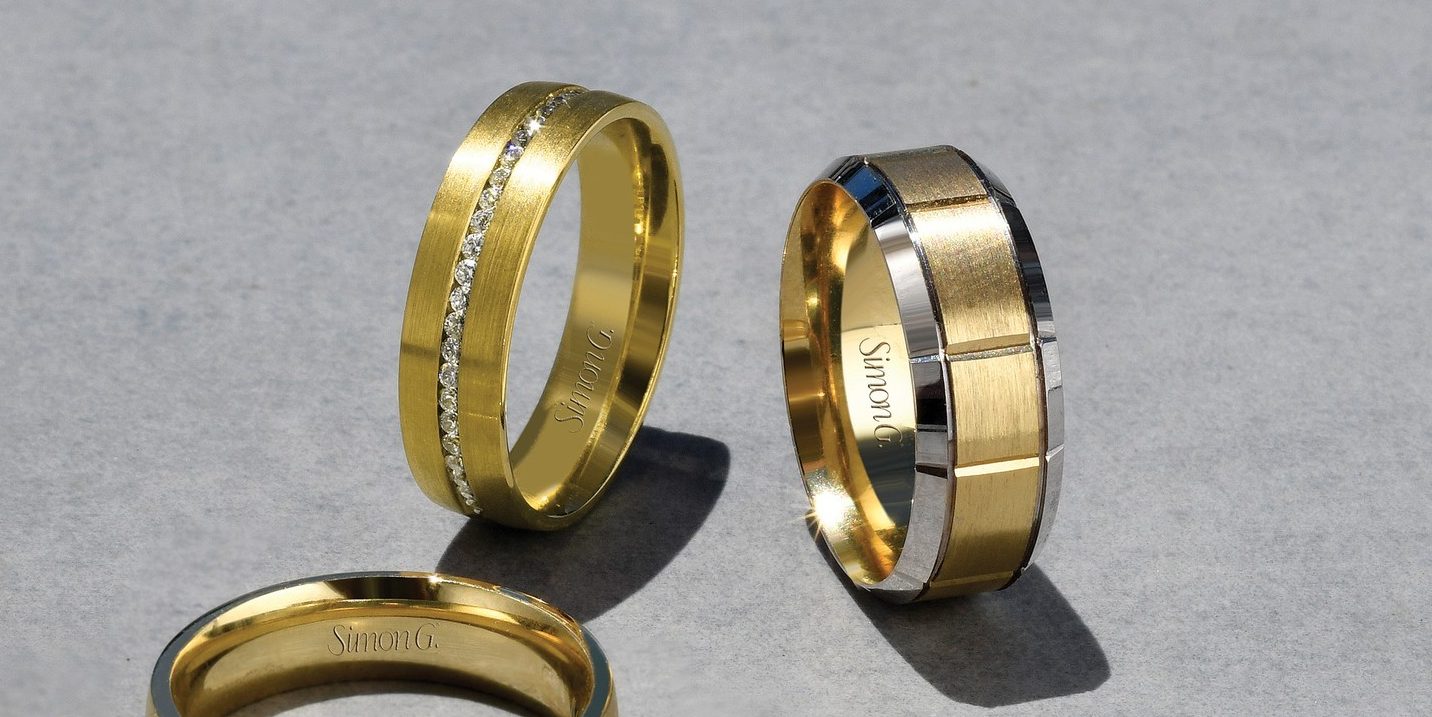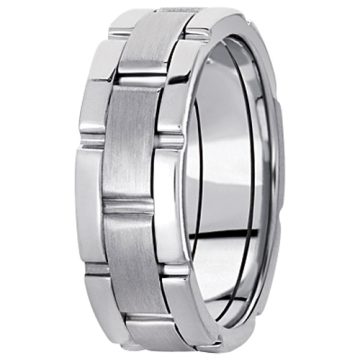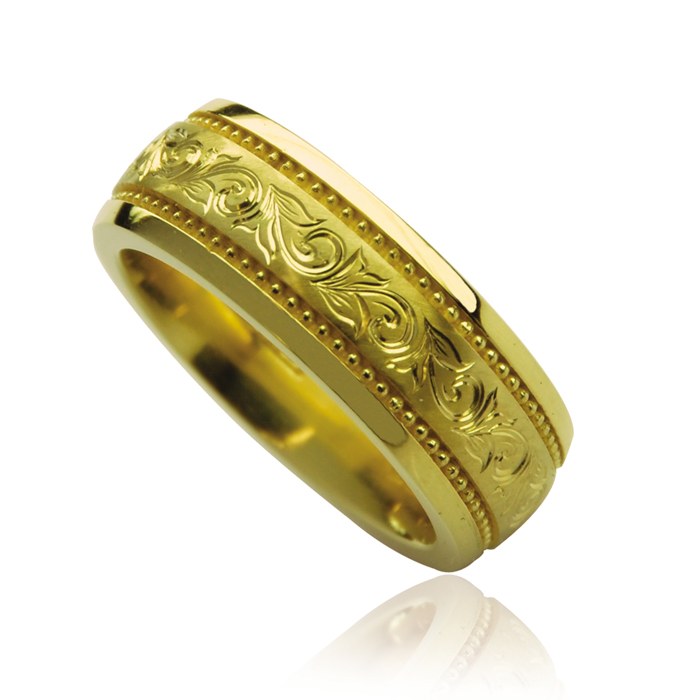
Wedding bands, those gleaming circles of precious metal that adorn the fingers of married individuals, hold a deep and rich history that spans thousands of years. More than mere pieces of jewelry, wedding bands are symbols of eternal love and commitment. Let’s embark on a fascinating journey through time to explore the origins and evolution of these cherished symbols of matrimony.

Ancient Beginnings
The tradition of exchanging rings as a symbol of commitment can be traced back to ancient civilizations. The ancient Egyptians are credited as the pioneers of this practice around 3,000 years ago. They believed the circle, with no beginning or end, represented eternity. Rings made of braided hemp or reeds were exchanged, symbolizing an unbroken cycle of love that would last a lifetime.
Roman Influence

The Romans, who were avid admirers of Egyptian culture, adopted the custom of exchanging rings. In ancient Rome, rings were often made of iron and later evolved into more expensive materials like gold. The groom would give the bride a gold ring to wear during the ceremony and for special events, signifying his trust in her with his valuable possessions.
Middle Ages and Renaissance

During the Middle Ages, wedding rings became more ornate and intricate. They were often engraved with romantic symbols and inscriptions. The Renaissance period saw the rise of the “posy ring,” a band inscribed with poetic phrases or messages of love. Rings also started featuring gemstones, adding a touch of color and sparkle to the traditional gold or silver bands.
Victorian Era and Beyond
In the Victorian era, sentimentality reached new heights, and rings became more elaborate and symbolic. Acrostic rings, for instance, featured gemstones that, when combined, spelled out a secret message. As technology advanced, the process of crafting rings became more sophisticated, allowing for intricate designs and personalized engravings.
Modern Trends
 In the 20th century, platinum became a popular choice for wedding bands due to its durability and rarity. Additionally, couples began exploring alternative materials like white gold and titanium, leading to a diverse array of options. The symbolism of wedding bands remained strong, signifying love, unity, and commitment in the face of changing trends.
In the 20th century, platinum became a popular choice for wedding bands due to its durability and rarity. Additionally, couples began exploring alternative materials like white gold and titanium, leading to a diverse array of options. The symbolism of wedding bands remained strong, signifying love, unity, and commitment in the face of changing trends.
Cultural Variations
 Different cultures have unique traditions related to wedding bands. In some cultures, rings are worn on specific fingers, while in others, the design and materials carry distinct meanings. For example, in many Eastern cultures, intricate patterns and colorful gemstones are favored, representing prosperity and happiness.
Different cultures have unique traditions related to wedding bands. In some cultures, rings are worn on specific fingers, while in others, the design and materials carry distinct meanings. For example, in many Eastern cultures, intricate patterns and colorful gemstones are favored, representing prosperity and happiness.
Conclusion
The history of wedding bands is a testament to the enduring power of love and commitment. From humble beginnings in ancient Egypt to the dazzling array of designs available today, these rings have stood the test of time, symbolizing the unbreakable bond between married couples. As we continue to embrace new trends and cultural influences, the essence of the wedding band remains unchanged—a timeless symbol of everlasting love and devotion.

